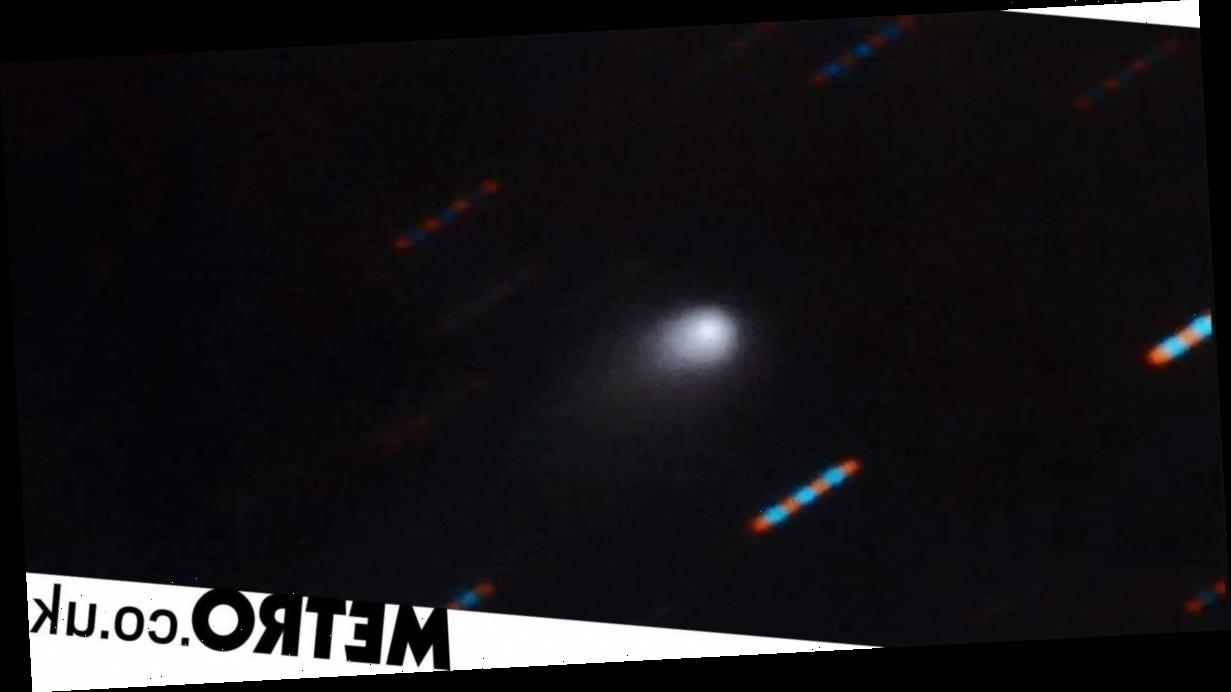Astronomers have made the ‘historic’ discovery of toxic gas in a comet that’s the second intersteller ‘visitor’ spotted in our solar system.
Last month, 2I/Borisov was spotted travelling through humanity’s cosmic neighbourhood during its long, lonely journey through space.
Now an international team has spotted traces of a colourless gas called cyanogen inside the object.
This is made of a carbon atom and a nitrogen atom bonded together.
If a human breathed in a large enough dose of the gas, they would die.
Unlike cigar-shaped ‘Oumuamua, the first interstellar object discovered two years ago, 2I/Borisov appeared as a faint comet, with a surrounding atmosphere of dust particles and a short tail.
Professor Alan Fitzsimmons of Queen’s University Belfast and colleagues from Europe, the United States and Chile used the William Herschel Telescope on La Palma in the Canary Islands to detect the gas in the comet – but it wasn’t easy.
He said: ‘Our first attempt was on Friday 13 September, but we were unlucky and were thwarted by the brightness of the sky so close to the Sun.
‘But the next attempt was successful.’
Dr Emmanuel Jehin is now monitoring the comet using the TRAPPIST-North telescope in Morocco.
He said ‘We are used to seeing comet images, but this one is so special.
‘Looking at it nearly every morning for two weeks now, I’m fascinated by the fact this object is not like the many others I have been observing, but is truly coming from another star probably very far away.’
Scientists believe C/2019 Q4 is travelling on a ‘hyperbolic trajectory’, which means its path looks like a curve rather than the ellipse you’d expect from an object orbiting the sun.
In 2017, ‘Oumuamua captured the attention of the world and prompted claims that it was a spaceship of some sort, with one scientist suggesting its distinctive ‘tumbling’ motion could prove it was an alien craft which had suffered an engine malfunction.
Other researchers claimed it could be a ‘light sail’ ship which travels through space powered by the light of stars. Oumuamua sped past Earth and looped around our sun at 196,000 mph.
The object was almost half a mile long and so unusual that Nasa said it had ‘never seen a natural object with such extreme proportions in the solar system before’.
Sadly, the word ‘natural’ in that sentence shows that Nasa did not believe it was an alien spacecraft sent to investigate Earth.
Source: Read Full Article

